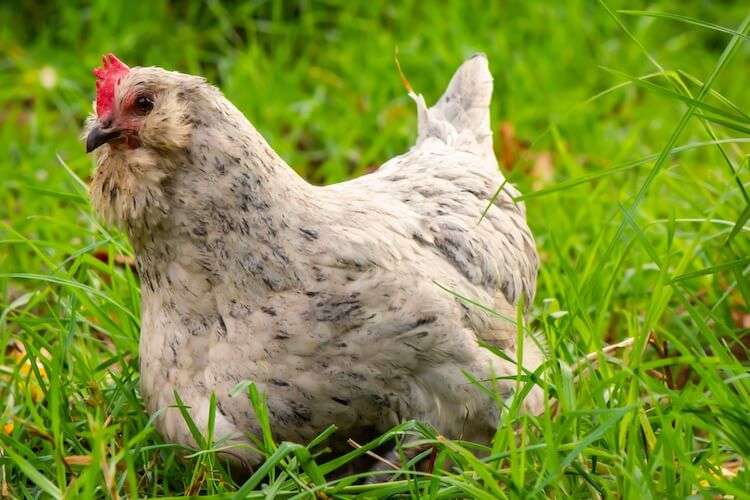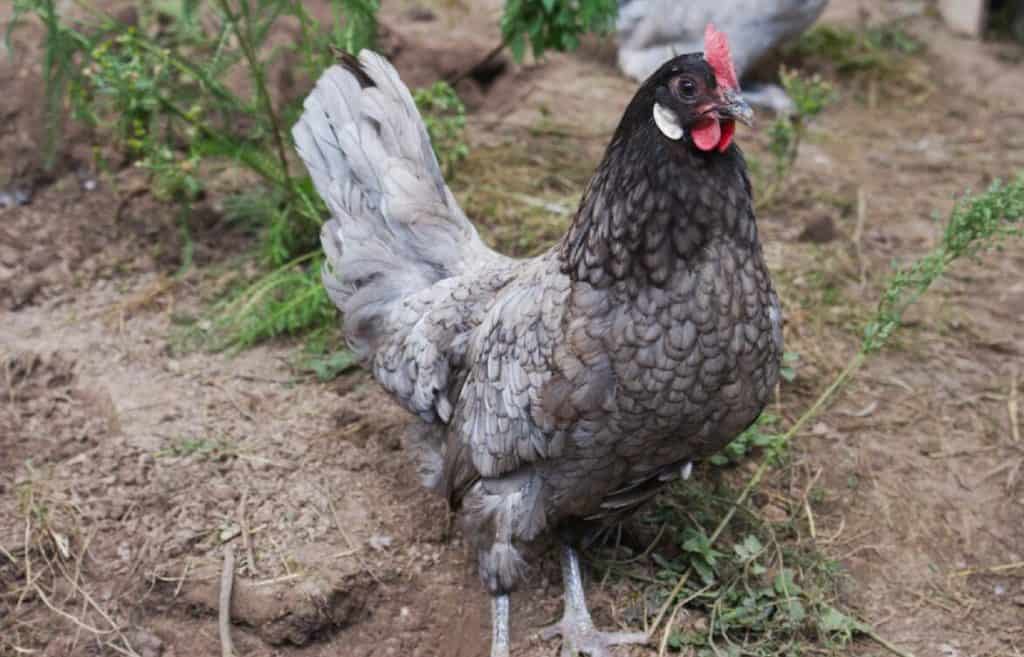
An American breed of chicken is called a Brahma. It was the main American meat breed from the 1850s until around 1930 and was established in the United States from birds imported from the Chinese port of Shanghai.
Description
The Brahma is a huge bird, however their feathers make up the majority of their bulk. Expect a robust body with long, deep, and wide wings. Despite having strong wings, they can barely fly because of their weight. The feathers in the plumage should be closely packed together to create plump, dense feathers. Their feathering covers their two outer toes and runs down their legs. The brahma’s big head and somewhat protruding brow give the bird a nasty appearance. Additionally, they have a pea comb with a quick but strong beak.
They can be challenging to sex. The pullets will typically feather in more quickly. The guys’ combs and wattles will get larger, and they’ll also become more inquisitive. Hackle and sickle feather growth are the telltale indications, although it usually takes 5 months or more before you can be certain. The three colors of standard-sized Brahmas are Dark, Light, and Buff. Over the years, there have been a few other versions, but they have not received formal recognition. To ensure high-quality offspring, the dark-colored Brahma requires a double mating process.
As Pet

Housing
Breed-specific space requirements will vary slightly, but as a general guideline, standard-sized chickens should have access to four square feet (0.3 square meters) of room in the coop and eight to ten square feet (0.7 to 0.9 square meters) of space in the pen or run.
Even more space will be needed for some larger breeds. For instance, the Brahma chicken (shown below) requires 12 to 14 feet (1.1 to 1.3 meters) of room in the pen and five to six square feet (0.4 to 0.5 meters) of space in the coop.
Perches and nesting boxes are some extra space considerations. Most chickens require 12 x 12 inch (31 x 31cm) nesting boxes and eight to ten inches (20 to 26 cm) of space for roosting. Even Brahmas can fit in nesting boxes that measure 12 by 12, but 14 by 14 (36 by 36 cm) boxes offer a better fit.
Feeding
From eight weeks of age and older, feed your Brahma a balanced diet of grains, chicken mash, chicken pellets, and grains. To make sure they get all their nutrients, this should be given to them first thing in the morning before being let out to roam.
When chickens are younger than eight weeks old, Chick Starter is always the best option. In order to assure the quality of their eggs and to maintain optimal health, laying hens should have more protein and calcium in their meals. Brahma adores receiving fruit and vegetables from the meal as leftovers. On really hot days, kids prefer these scraps even more when they are given as ice cubes. If you feed your hens properly, they will provide a lot of nutrient-rich fertilizer for your organic garden, which will help your vegetables and flowers develop.
Temperament
Chickens with the Temperament Brahmas are renowned for being amiable and approachable. They are polite and composed. They are quite manageable as a result. They are wonderful backyard pets, especially for families with young children.
Grooming
Care must be given to preserve their full plumage and feathered legs and feet. Especially if there is mud or moisture present, their feet and legs. These hens adore taking a bath in the dust, and they will also enjoy some herbal essences sprinkled with the loose sand to aid with bugs and extra feather oils. Despite their size, these delicate creatures enjoy receiving attention, and they won’t mind if they are routinely checked for mites, lice, and other parasites. To keep your chickens healthy, check their feathers at least once a week for these pests.
Table





